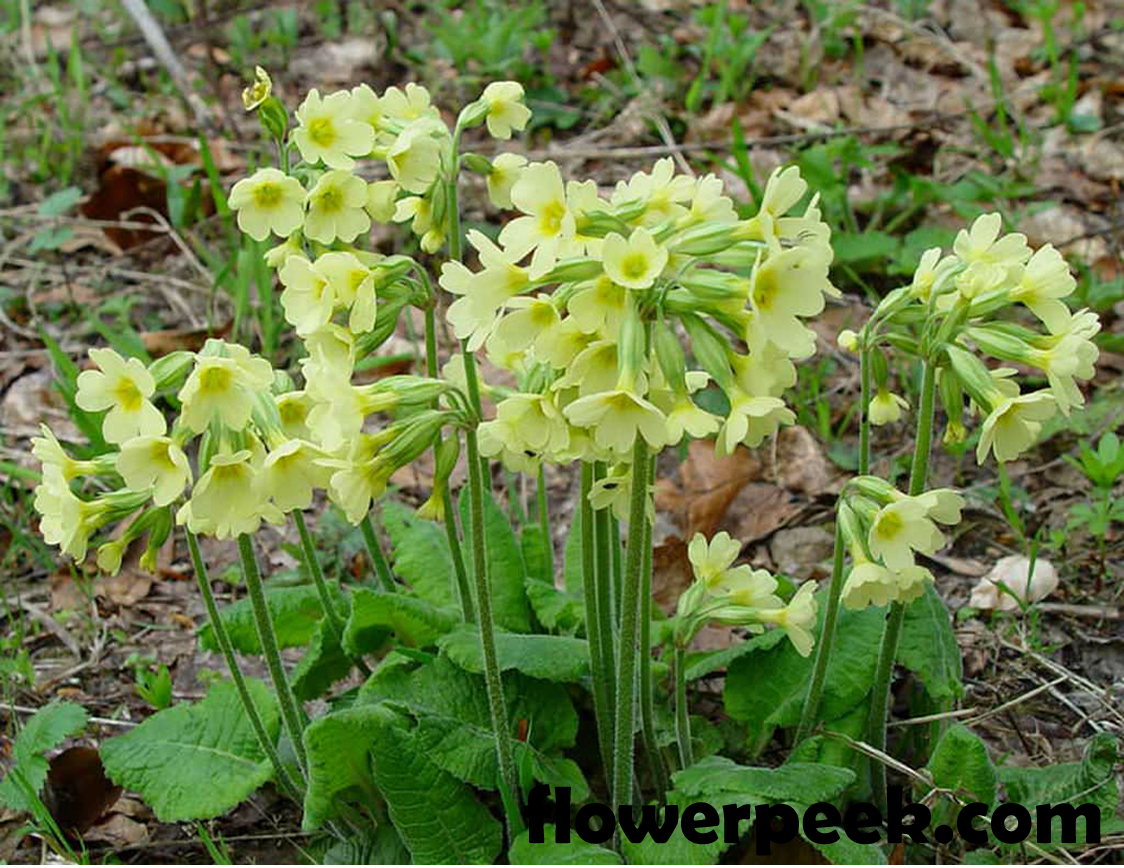Oxlip primrose plants are actually suitable
for growing in United States Department of Agriculture plant hardiness zones four
through eight. These plants are among the first plants to appear in early
spring. The pale yellow, primrose-like blooms can actually attract bees and
other pollinators to your garden. Continue reading to get more information
about oxlip plant.
This plant is also known as true
oxlip or oxlip primrose plant, oxlip (Primula elatior). The plant is a member
of the primrose family and their leaves look quite similar. The oxlip plants are
tougher and they are more able to withstand heat and drought than its more
sensitive cousins. The oxlip plant is commonly confused with another closely
related primula known as cowslip (P. veris), which is similar looking but has
smaller, bright yellow flowers (with red dots inside) and are bell shaped. The Oxlip
plants are frequently found growing wild. The Oxlip plants prefer woodlands and
moist meadow environments and it does fine in gardens.
How to Grow Oxlips Plant
The Oxlip plants actually prefer
partial shade or dappled sunlight. The plant tolerates poor to average soil and
they are often found growing in heavy clay or alkaline soil. Autumn is actually
the best to plant oxlips seeds outdoors if your winters are mild. You can sprinkle
the oxlips seeds on the surface of the soil, as they won’t germinate without
sunlight. The oxlips seeds will germinate the following spring. You can also
plant the oxlip seeds inside about 8 weeks before the last frost in spring.
Prepare for planting 3 weeks ahead by mixing the oxlips seeds with damp peat
moss or potting mix, then store the bag in the refrigerator. The three week
chilling period mimics the natural outdoor chilling period. Fill a planting tray with moist potting mix, and then plant the chilled oxlips seeds on the
surface. You have to place the tray in indirect light, where temperatures are
maintained about 60 degrees Fahrenheit. Watch for the oxlip seeds to germinate
in 2 to 6 weeks. Transplant the oxlip primrose plants after the last frost in
spring. Once they are planted, the oxlip plants actually require very little
care. Water them moderately and feed the plants before flowering time in
spring. You can apply a layer of mulch to keep the roots cool and moist during
the summer months.



Post a Comment